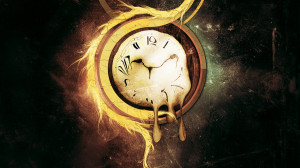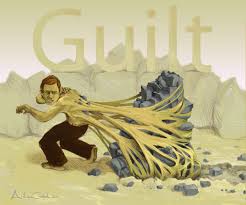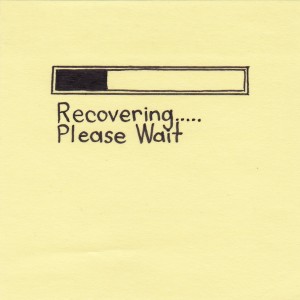
This decision is not easy. In fact, the question of whether to help end your pet’s suffering through euthanasia can be one of the most difficult decisions you will ever make. So many factors play a role in whether or not euthanasia may be the best option for your pet, and if it is, one of the most significant challenges can be deciding when to say goodbye.
Sometimes a pet shows clear signs of distress or suffering and a person may feel confident, though heartbroken, about making an appointment for euthanasia. More often though, quality of life indicators are less clear, and signs and symptoms can be quite complicated. Many pets have had a long journey into their old age and have declined slowly over months or even years. It seems that you look down one day and that perky, silly eight year old is all of a sudden a gray-muzzled, stiff 12 year old. Perhaps a pet can no longer walk or make it to the litter box, but they still joyfully chow down their treats and cuddle up for their nightly dose of affection. There are so many factors that play a role in quality of life, and what may be a clear sign to one person may be different for another. So, it’s no wonder that people feel like they just don’t know where to start.
Journaling
It is easy to feel overwhelmed when considering your pet’s quality of life and the many options available to you. It can be even more complicated when a pet’s condition changes week by week, or even throughout a day. Sometimes we become so focused on one behavior or symptom that it is hard to take a step back and see the big picture of their overall quality of life.
When this is the case, we often encourage people to keep a journal about their pet’s daily life. We’ve written about this tool before, but it’s good to be reminded of the helpful things you can do when making this decision. We often use the J-O-U-R-N-E-Y-S quality of life scale as a place to start. Here are some more questions to get you started:
- How much did your pet eat today? How much water did they drink?
- Did your pet do something that he or she enjoyed? How did you know they enjoyed it?
- What concerned you about your pet’s behavior or condition today?
- Was today different than yesterday? How?
- Would you characterize today as a “good day” or a “bad day”?
- Does your pet seem to improve with the medication they are taking?
- On this day, or in this moment, how are you feeling about your pet’s quality of life?
You might start to see patterns to consider or to discuss with your pet’s veterinarian. For example, you may find that your pet feels best early in the day and becomes tired and uncomfortable by the end of the day. As part of the big picture perspective, you may want to consider whether your pet has had more “good days” than “bad days” this week, or whether they have done things they typically enjoy each day. Reading through your journal may help give you a different perspective and widen your view. Some people even find that reading written notes helps to give more of an “outsider’s perspective” – if you were hearing these notes from a friend or family member about their pet, how would you feel? What would you say to them?
“What If’s”
It can also be helpful to include “what if’s” in your journaling. What if my pet can no longer walk? What if my pet shows signs of distress in the nighttime, after my veterinary clinic’s office hours? What if I need to leave my pet in someone else’s care for a weekend? What if I elect not to euthanize and my pet dies naturally at home? What if their natural death process becomes painful for them? Considering these “what if’s” can help you develop a plan and feel as prepared as you can in case your pet’s condition worsens suddenly or your personal situation changes. Sometimes, considering the potential emergency or worst-case scenarios helps you see your pet’s situation in a new light. It is often better to make the decision a moment too soon, rather than a moment too late.
MN Pets offers in-homeQuality of Life consultations if you’d like a veterinarian to assess your pet and guide you through these questions and create a plan. If you are unsure of what to do, give us a call at (612) 354-8500 if you’d like to speak with our support staff about your unique situation and go over the options available to you.
Download the MN Pets QOL Scale PDF here.


 ar since Chuck died, and I think of him every day. We find that people all grieve differently, and it can be helpful to memorialize a lost pet in the way that makes the most sense for you. This can be pictures, mementos, or a ceremony for your lost pet. The best way for me to remember and honor Chuck’s short life was to build a small garden for him in my yard. “Chuck’s Garden” is a place for me to reflect, to visit, and to remember. I chose a beautiful hydrangea bush to plant over Chuck’s grave, and it’s by far the brightest bloom in the garden.
ar since Chuck died, and I think of him every day. We find that people all grieve differently, and it can be helpful to memorialize a lost pet in the way that makes the most sense for you. This can be pictures, mementos, or a ceremony for your lost pet. The best way for me to remember and honor Chuck’s short life was to build a small garden for him in my yard. “Chuck’s Garden” is a place for me to reflect, to visit, and to remember. I chose a beautiful hydrangea bush to plant over Chuck’s grave, and it’s by far the brightest bloom in the garden.






